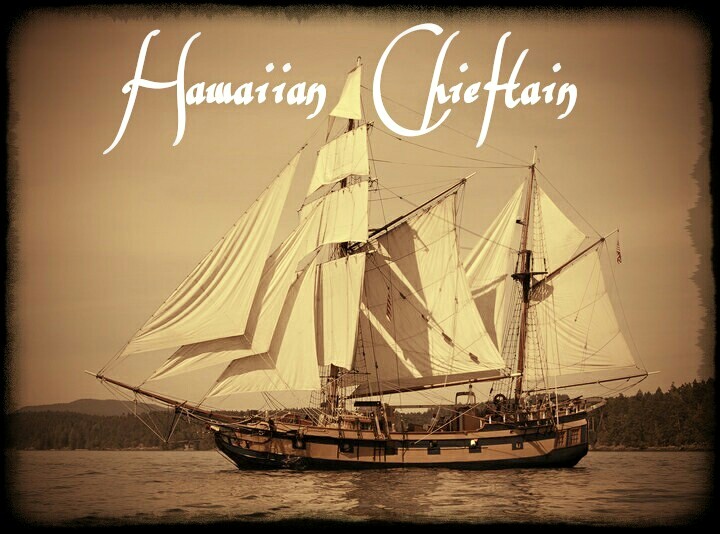“Speak it into existence” – a saying well known, but to witness the reality of it is earth-moving. I will never forget Memorial Day Weekend 2015. That year we had planned a coast trip by renting a house in Newport, Oregon for a fun getaway: nothing fancy, just lazy beach days and tourist-y sightseeing. Even typing that last sentence caused me to yawn! I remember even telling my husband James, “Yes, I love the beauty of Newport, but can we just skip all those tourist traps?” James was like, “Sure. But what would we do instead?” In my dreamy head I found myself blurting out “HAVE A SEA ADVENTURE WITH PIRATES ON A SHIP!” as soon as I said it, I realized how insane it sounded. James laughed and said, ”Sure. Do you know where the pirates hang out?” I didn’t, and the idea was far fetched. At least so I thought…
I kid you not that within the same week we were to leave for the trip, I happened to stumble on a news article about two old-fashioned tall ships slowly making their rounds from Coos Bay to Newport, and then to Astoria. The brig Lady Washington and Hawaiian Chieftain were to be Newport from May 14 through May 26 – THE EXACT DATES WE WERE GOING TO BE IN TOWN, offering a series of tours and even sailing trips hosted by a full crew of colonial reenactors. Both vessels were certified by the U.S. Coast Guard as passenger-carrying vessels.




How THRILLING it was to Time Travel to 1787 first, and then ending the journey in 1850 simply by boarding these ships! History unfolded right before us. The Lady Washington is a full-scale replica of the original Lady Washington that made history two centuries earlier. In 1787, after the Revolutionary war, she was given a major refit to prepare her for an unprecedented trading voyage around Cape Horn. In 1788, she became the first American vessel to make landfall on the west coast of North America.


The Hawaiian Chieftain, also a replica, was originally designed for cargo shipping between the various Hawaiian Islands. Builder Raymond H. Richards was highly influenced by colonial times, and what was called “coastal packets” – shipping services that traded among Atlantic coastal cities and towns.


The early packet ships were regular traders and were selected because they sailed remarkably well and could enter small ports with their shallow draft. Out of the gradual development of the Atlantic packet ship hull form came the ship design practices that helped produce some of the best of the clipper ships of the later 1850s.


Since the crew were also professional sailors, they showed us how to use early sea navigation instruments of that time period. We were encouraged to help raise sail, sing sea shanties and take the helm of ships. To take this all in was all too real and gave the feel of being a part of an 18th century naval skirmish – especially touching real gunpowder cannons! So the moral of this story – be careful with what you say as Fanta Seeker; if there is a dream, there’s a way, no matter how insane you think your imagination can be.



0 Comments